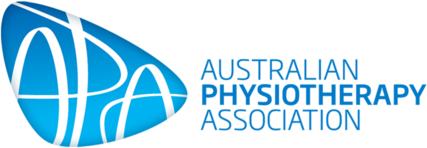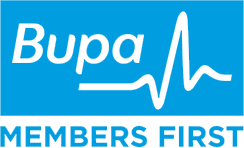As many of you would know, your neck can be a source of headaches and migraine. Hands-on physio treatment can help ease the pain and help reduce the intensity and frequency of headaches but there is a lot you can do to keep on top of things.
If you suffer regular headaches or always feel tight at the top of your neck, just under the skull bone, then give these exercises for headache a try daily. They can stop a headache from progressing, reduce the amount of medication you need, and relieve tightness.
Our Physiotherapist Sandy demonstrates each of the exercises in the video here or paste https://www.youtube.com/watch?v=Ssb0ME2dr-U into your browser.
1. Chin Tucks/ Cervical Retraction
These exercises are very useful in gently stretching the muscles between the skull and the upper neck. They also help improve posture and move the joints throughout the neck.
2. Shoulder Blade Setting.
The position of our shoulder blades rest plays a crucial role in what happens in our neck. Many muscles attach to the neck and then into the shoulder blade or rib cage area. The shoulder blade setting exercises help to lengthen these muscles and reduce tension. They also improve neck posture as you will sit or stand taller when the shoulder blades rest in the correct position.
3. Neck Rotation
This exercise will get the entire neck moving to maintain enough range to cope with daily tasks such as driving.
4. Head Nods: yes and no.
Nodding our head mostly involves the upper part of our neck and is a great way to get the joints moving and gliding to relieve stiffness and pain. The nodding action also uses the deep muscles at the front of the neck which are important to strengthen to hold the weight of your head. You can do this exercise in different positions depending on how sore your neck is.
5. Mid-back stretch.
By improving the flexibility in the middle of your back and opening up through the front of your chest, your posture improves, and you break out of the regular positions we spend large parts of the day in. There are several ways to do this stretch so choose the one that feels most comfortable for you.
As with any exercises, they need to be done correctly and should feel comfortable. It is common to hear “gravel” type noises when you do the Yes/ No exercises. This usually improves over time but go slowly to allow the stiff joints to adapt to being moved. Sharp pain and an increase in headache symptoms should not happen. Stop if you experience this and ask your physio for assistance on what other alternative exercises to assist with headaches would suit you.
Download a PDF summary of the exercises here or paste https://westlakesphysiosportsandrehab.com.au/wp-content/uploads/2024/02/5-EXERCISES-FOR-HEADACHES-AND-UPPER-NECK-PAIN.pdf into your browser.







Make an Appointment
COMPLEXICA BUILDING Level 1, 9 Charles St
West Lakes 5021
Call Us08 8347 2043